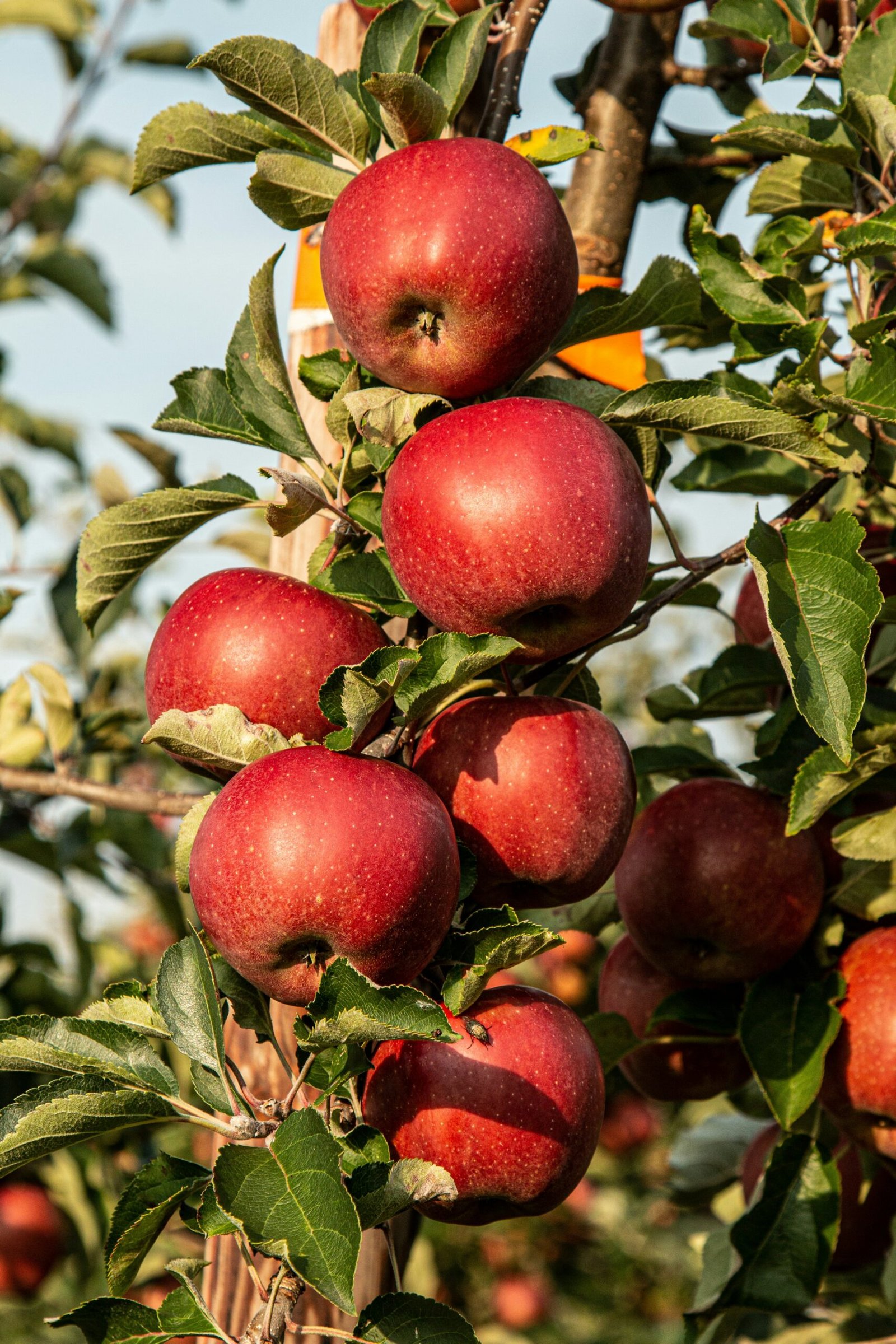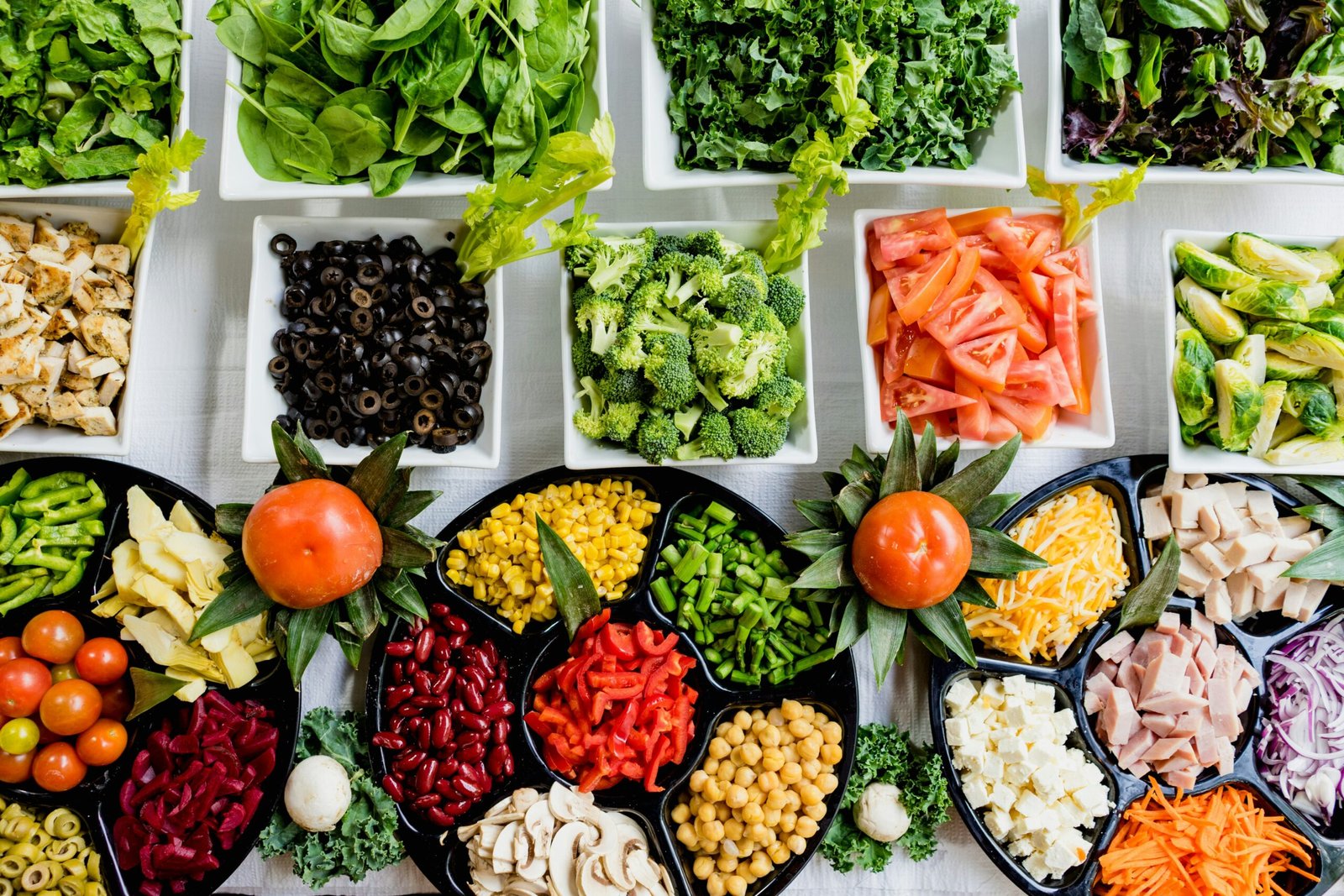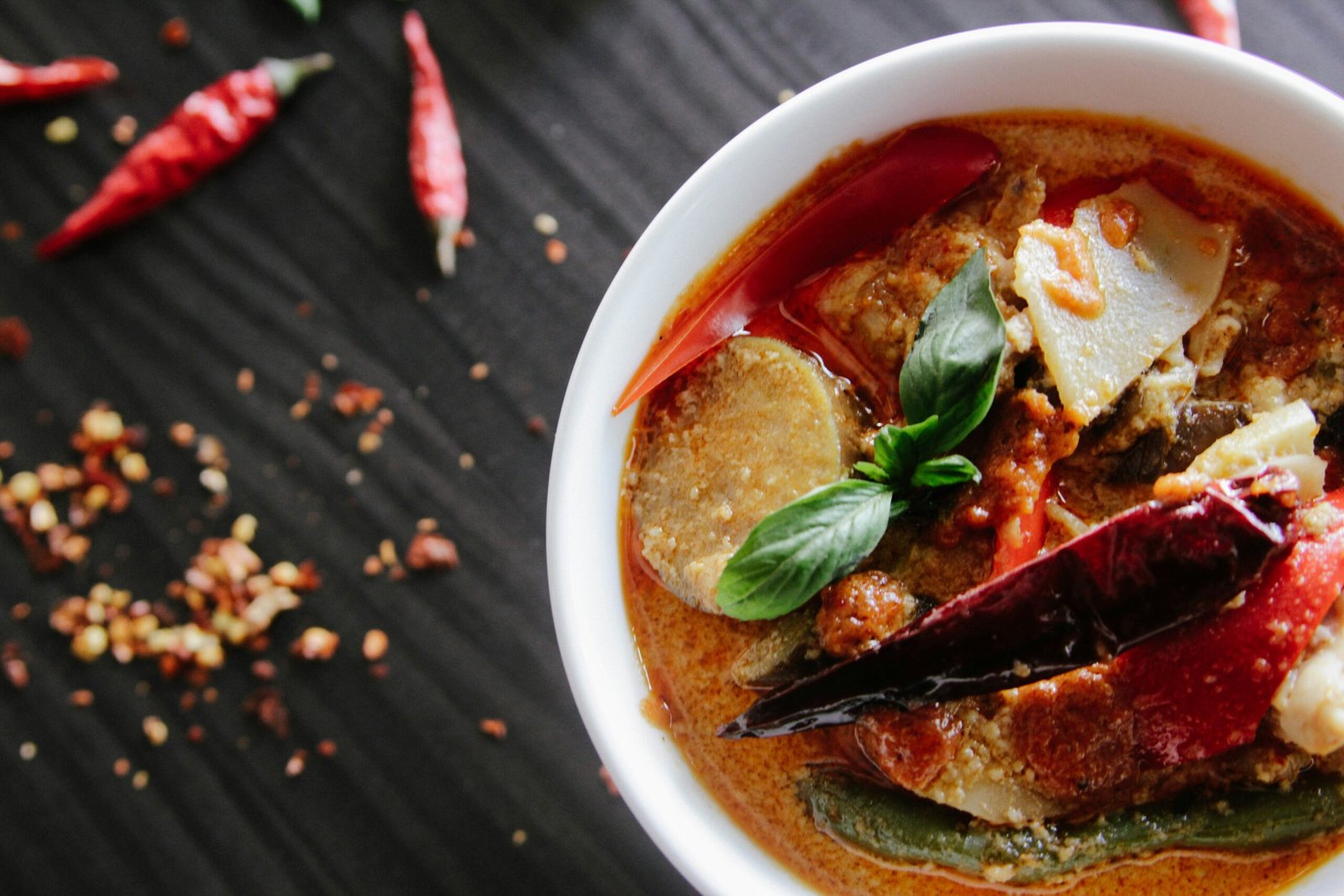For centuries, bread has played a significant role in religious and cultural traditions. Its symbolism is rich and meaningful, representing nourishment, sustenance, and the sharing of a communal meal. In the context of Easter, bread takes on an even deeper significance.
In Christian traditions, bread is closely associated with the Last Supper, where Jesus shared bread with his disciples, symbolizing the body of Christ. This act of sharing bread has been commemorated through the centuries in the sacrament of Holy Communion. By baking and sharing bread during Easter, individuals and families can connect with this ancient ritual and experience a sense of spiritual nourishment.
Furthermore, baking bread for Easter can be a way to honor cultural traditions and bring generations together. In many cultures, there are specific types of bread that are associated with Easter and have been passed down through families for generations. These recipes often have deep roots in the history and folklore of a particular region, and baking them can be a way to preserve and celebrate cultural heritage.
Imagine the aroma of freshly baked hot cross buns filling the kitchen, or the delight of breaking a beautifully braided Easter bread with loved ones. These simple acts can create lasting memories and strengthen family bonds. As the bread is shared and enjoyed, stories and traditions can be passed down from one generation to the next, ensuring that the meaning and significance of Easter are preserved.
Moreover, baking bread for Easter can be a creative and meditative process. The act of kneading dough, watching it rise, and shaping it into beautiful loaves or intricate designs can be a form of mindfulness. It allows individuals to slow down, be present in the moment, and connect with the transformative power of Easter.
So, this Easter, why not go beyond the chocolate eggs and bring tradition and meaning back to the holiday with bread? Whether it’s a traditional recipe passed down through generations or a new creation inspired by your own creativity, baking bread can be a way to honor the past, celebrate the present, and create a meaningful experience for yourself and your loved ones.
In addition to its religious symbolism, bread also holds cultural significance in many societies. In some cultures, the act of breaking bread together is seen as a gesture of hospitality and friendship. It is a way to welcome guests and make them feel at home. Sharing a meal that includes bread is a common tradition in many cultures, representing the bond and connection between individuals.
Furthermore, bread is often associated with abundance and prosperity. In ancient times, bread was considered a valuable commodity, and having an abundance of bread was a sign of wealth and prosperity. Even today, the phrase “earning your daily bread” is used to describe the act of working hard to provide for oneself and one’s family.
From a culinary perspective, bread is incredibly versatile and can be found in various forms and flavors across different cultures. Whether it’s a crusty baguette, a fluffy brioche, or a traditional flatbread, bread is a staple in many cuisines and plays a vital role in countless recipes. Its versatility and ability to complement a wide range of flavors make it a beloved ingredient in the culinary world.
Moreover, the process of bread-making itself is a labor of love. It requires patience, skill, and attention to detail. From kneading the dough to allowing it to rise and baking it to perfection, each step in the bread-making process is essential to achieving a delicious final product. This process can be seen as a metaphor for life, with the kneading representing the challenges and hardships we face, the rising symbolizing growth and transformation, and the baking signifying the rewards and fulfillment that come from perseverance and dedication.
Overall, bread holds a multifaceted symbolism that goes beyond its role as a basic food item. It represents unity, hospitality, abundance, and the human spirit. Whether it is enjoyed during religious ceremonies, shared among loved ones, or savored as part of a delicious meal, bread continues to be a powerful symbol that transcends cultures and brings people together.
In addition to these traditional Easter breads, many other countries also have their own unique variations. In Sweden, for instance, a special bread called “semla” is made during the Easter season. This sweet bun is filled with almond paste and whipped cream, and is often topped with powdered sugar. It is a beloved treat that is enjoyed by both children and adults alike.
In the United States, Easter bread is often associated with Italian-American communities. Many families have their own cherished recipes for a sweet bread known as “pane di Pasqua” or “Easter bread.” This bread is typically flavored with citrus zest and anise, and is often studded with colored eggs. It is a festive and delicious addition to any Easter brunch or dinner.
The tradition of baking Easter bread goes beyond just the delicious flavors and beautiful shapes. It is a way for families to come together and celebrate the joy and renewal of the Easter season. The process of making the bread can be a labor of love, with multiple generations working together to create something special.
In many cultures, Easter bread is also associated with religious rituals and customs. It is often blessed by a priest before being shared and enjoyed by the family. This act of blessing the bread adds an extra layer of meaning and significance to the tradition.
Whether it is a braided tsoureki from Greece, a dove-shaped colomba di Pasqua from Italy, or a tall babka from Eastern Europe, Easter bread is a symbol of hope, new beginnings, and the joy of the Easter season. It is a tradition that brings families and communities together, and continues to be cherished and passed down from generation to generation.
The Process of Baking Easter Bread
Baking Easter bread is not only a way to honor tradition and symbolism but also a creative and enjoyable activity. It can be a wonderful opportunity to involve the whole family in the process and create lasting memories.
The process of baking Easter bread may vary depending on the recipe and cultural traditions, but it generally involves the following steps:
- Gathering the ingredients: The ingredients for Easter bread typically include flour, yeast, sugar, eggs, butter, and various flavorings such as spices, citrus zest, or dried fruit. These ingredients come together to create a dough that is rich in flavor and aroma.
- Preparing the dough: The dough is made by combining the ingredients and kneading them until they form a smooth and elastic texture. This process may take some time and effort, but it is a crucial step in developing the bread’s structure and texture. Kneading the dough helps to activate the gluten in the flour, which gives the bread its chewy and springy texture.
- Allowing the dough to rise: After the dough is prepared, it needs to be left to rise in a warm place. This allows the yeast to ferment and release carbon dioxide, causing the dough to expand and become light and airy. The rising process can take anywhere from one to several hours, depending on the recipe and ambient temperature. During this time, the dough develops complex flavors and becomes more tender.
- Shaping the bread: Once the dough has risen, it can be shaped according to the desired tradition or symbolism. This may involve braiding the dough into a traditional loaf shape, forming it into a cross to represent the crucifixion, or creating intricate designs that reflect the Easter season. The shaping process requires patience and skill, as it is important to handle the risen dough gently to preserve its texture and structure.
- Baking and sharing: The shaped bread is then baked in an oven until it is golden brown and fragrant. The baking time and temperature may vary depending on the size and shape of the bread, but it is typically done at a moderate temperature to ensure even cooking. As the bread bakes, the aroma fills the kitchen, creating an atmosphere of warmth and anticipation. Once it is cooled, the Easter bread can be shared with family, friends, and neighbors as a symbol of love, unity, and the Easter spirit. It is often enjoyed with a cup of tea or coffee, allowing the flavors to be savored and the memories of the baking process to be cherished.
One way to create new traditions is to incorporate ingredients or flavors that hold personal significance. For instance, if your family has a love for chocolate, you could add cocoa powder or chocolate chips to the dough to create a rich and decadent Easter bread. Alternatively, if your family enjoys the flavors of citrus, you could zest some oranges or lemons and add the zest to the dough, infusing it with a refreshing aroma.
Another way to infuse personal meaning into your Easter bread is by experimenting with different shapes or decorations. If you have a strong connection to your cultural heritage, you could shape the bread into symbols or patterns that are meaningful to your ancestry. For example, if you come from a Greek background, you could shape the bread into a cross or a Greek letter. Similarly, if you have a particular religious belief, you could decorate the bread with symbols that hold significance to your faith.
Involving children in the process of baking Easter bread is not only a fun activity but also a way to pass down the tradition and create a sense of connection to their cultural and religious roots. As they assist in measuring ingredients, kneading the dough, and shaping the bread, they will feel a sense of pride and accomplishment. This hands-on experience will create lasting memories and a strong bond with the tradition, ensuring that it will be carried on for generations to come.
Furthermore, creating new traditions around Easter bread can extend beyond the act of baking itself. You could establish a special Easter bread ceremony where the bread is blessed before being shared and enjoyed together as a family. This ritual can become a cherished part of your Easter celebrations, adding depth and meaning to the tradition.
Ultimately, while it is important to honor and preserve traditional Easter bread recipes and customs, there is also value in creating new traditions. By infusing personal significance, involving children, and establishing unique rituals, you can make Easter bread a reflection of your own family’s history, beliefs, and values.
When you share your Easter bread with others, you are not only offering them a delicious treat but also a piece of your heart. The act of giving can create a ripple effect of kindness and compassion, spreading joy to those who may need it the most.
Imagine the smile on the face of an elderly neighbor who receives a freshly baked loaf of Easter bread. For someone who may be spending the holiday alone, this small gesture can make a world of difference. It reminds them that they are not forgotten and that there are people who care about them.
But it’s not just about sharing Easter bread with individuals who may be alone. You can also extend your generosity to local charities or community organizations. Consider donating a batch of Easter bread to a homeless shelter or a food bank. This act of kindness can provide nourishment and comfort to those who are struggling.
Furthermore, sharing your Easter bread can be an opportunity to connect with others in your community. Organize a neighborhood Easter gathering where everyone brings their homemade bread to share. This not only fosters a sense of camaraderie but also allows for the exchange of recipes and baking tips.
Sharing your Easter bread can also be a way to honor and preserve cultural traditions. If you come from a family with a rich baking heritage, passing down your recipes and techniques to the next generation can help keep those traditions alive. By involving your children or grandchildren in the baking process and teaching them the importance of sharing, you are instilling in them values that will be cherished for years to come.
So, this Easter, let the joy of sharing permeate every loaf of bread you bake. Spread kindness, warmth, and connection through the simple act of giving. And remember, the true beauty of Easter lies not just in the deliciousness of the bread but in the love and compassion it represents.







